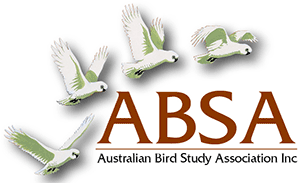Singing behaviour of male Rufous Scrub-birds in the New South Wales Gloucester Tops
| Posted: | 30/09/2021 |
| Author(s): | Alan Stuart, Margaret O’Leary |
parameters showed that males sang frequently from mid-September to December, with song levels dropping sharply in January and then further in February. Daily singing activity varied considerably from February to August, but was mostly much lower than in other months. Our study thus indicated that for maximum efficacy Rufous Scrub-bird population
monitoring programs in the Gloucester Tops should be conducted between mid-September and December, the only period when scrub-birds sing consistently and can thus reliably be detected.
Key words: Rufous scrub-bird; chipping song; singing activity; automatic recording unit; implications for population monitoring
>> Download Abstract | File Size: 40 KB
>> Download Complete PDF | File Size: 680 KB
